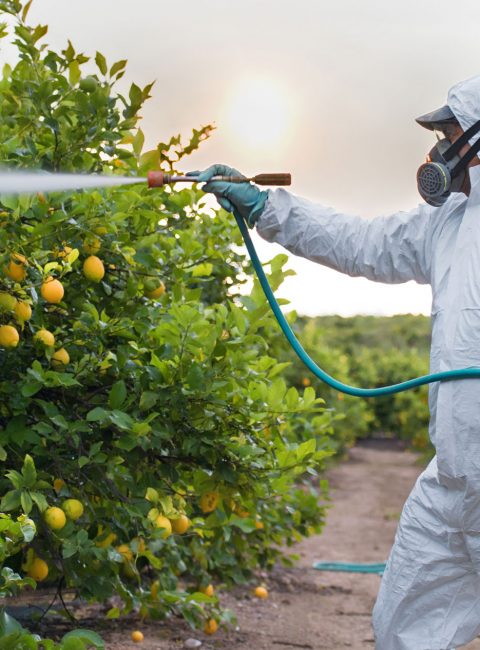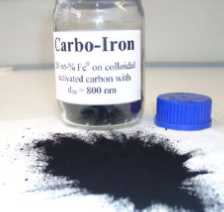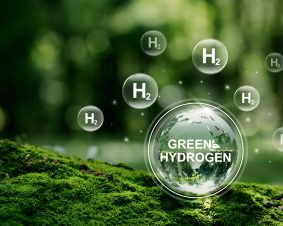 >
Spotlight October 2021: Nanopesticides – a proposal for a risk assessment framework
>
Spotlight October 2021: Nanopesticides – a proposal for a risk assessment framework
The application of so-called “nanopesticides” (see also cross-sectional text Nanomaterials in plant protection products) is said to have two basic advantages: a smaller amount of pesticide is needed for the same agricultural area and the efficacy is improved. This is necessary to grow enough food for a still growing world population. However, this could also entail increased risks for humans and the environment if, for example, these substances could be absorbed significantly better by crops, thus increasing their concentration in food, and/or that they could be absorbed better by humans or livestock, thus contributing to increased body burden.
To this end, an international group of scientists has considered and established a tiered approach to assess the risks to human health (Kah et al., 2021). Taking into account existing guidance documents and regulations (e.g., OECD guidelines), a strategy was developed on how a sustainable use of new nanopesticides could be enabled while considering safety-related issues. Two general principles were distinguished: first, the possibility of using nanoscale packages to deliver the active ingredients (so-called “nanocarriers”), and second, nanometer-sized active agent, such as metals or metal oxides that deliver active ions (e.g., silver or copper), with the nanoparticles usually delivered by protective sheaths made of polymers. For both variants, the critical steps for potential human exposure were identified (active ingredient preparation, field application, and postharvest exposure through food ingestion) and ways to investigate possible toxic effects that may be triggered.
The model shown here consists of 6 steps necessary to holistically describe nanopesticides and their health effects. In addition, the group further highlights important knowledge gaps that should be addressed in the near future.
Original publication:
Kah, M., Johnston, L.J., Kookana, R.S., Bruce, W., Haase, A., Ritz, V., Dinglasan, J., Doak, S., Garelick, H., and Gubala, V. (2021). Comprehensive framework for human health risk assessment of nanopesticides. Nat Nanotechnol 16, 955-964

Weitere Spotlights
Spotlight November 2022: Photonics in nature and bioinspired designs
Science has always taken nature as a model and imitated it. If you look at the field of photonics, i.e. the use of optical technologies for information processing, transmission or storage, the colorful examples in the animal and plant world are perfect basic drawers for technical applications. While colors in nature are used either for […]
Read moreSpotlight September 2020: Groundwater remediation with Carbo-Iron® – Risk or Benefit?
In September we would like to present a paper of the BMBF project Fe-Nanosit. The project dealt with the use of iron-containing nanomaterials in groundwater and wastewater remediation. A comprehensive assessment and weighing of benefits and possible environmental risks resulting from the application is now presented by the project partners in this paper. Groundwater is indispensable for the […]
Read moreSpotlight November 2020: Nanotechnology in the public perception
In November, we would like to draw your attention to a publication that examines public perception of the safety of nanomaterials in Austria.It shows, that although there is generally a rather positive attitude towards nanomaterials, there are different opinions on safety issues from different social groups. Further clarification seems necessary. Despite the widespread use of […]
Read moreSpotlight October 2023: Improved hydrogen production through novel catalyst made of three metals
Hydrogen is one of the important energy carriers of the future when it comes to climate-relevant energy supply. For example, surplus electricity from wind turbines or solar plants can be converted into hydrogen, allowing the otherwise unused energy to be stored for longer periods. This hydrogen can be used to power trucks and buses for […]
Read more


